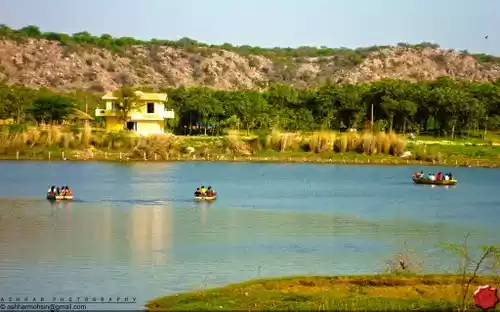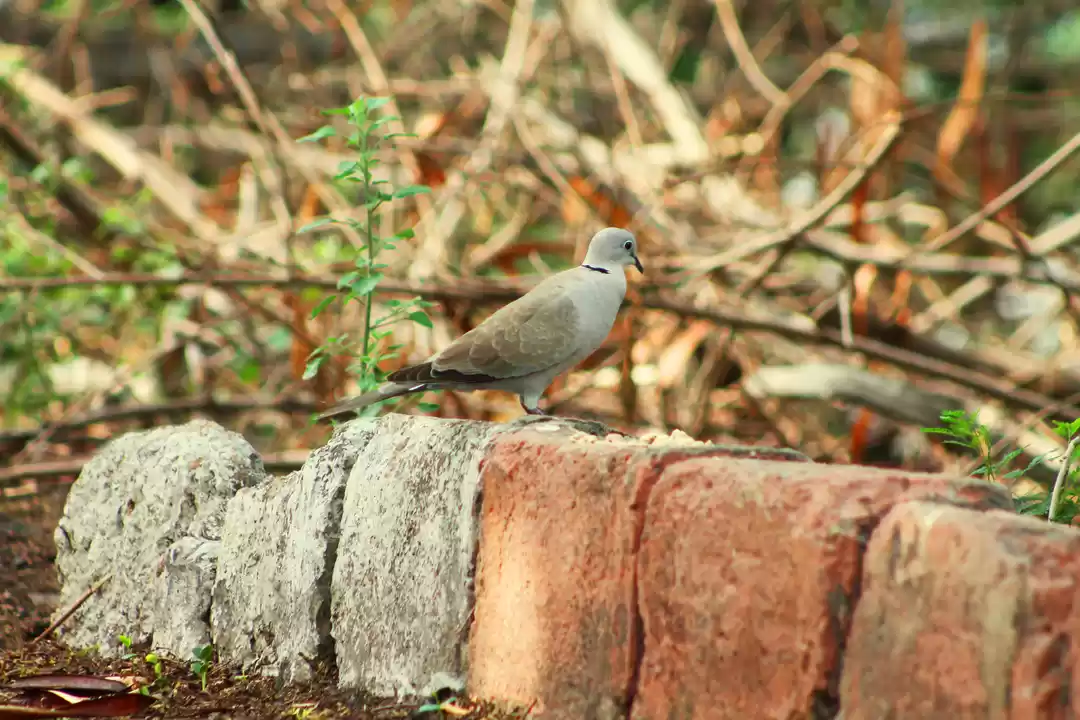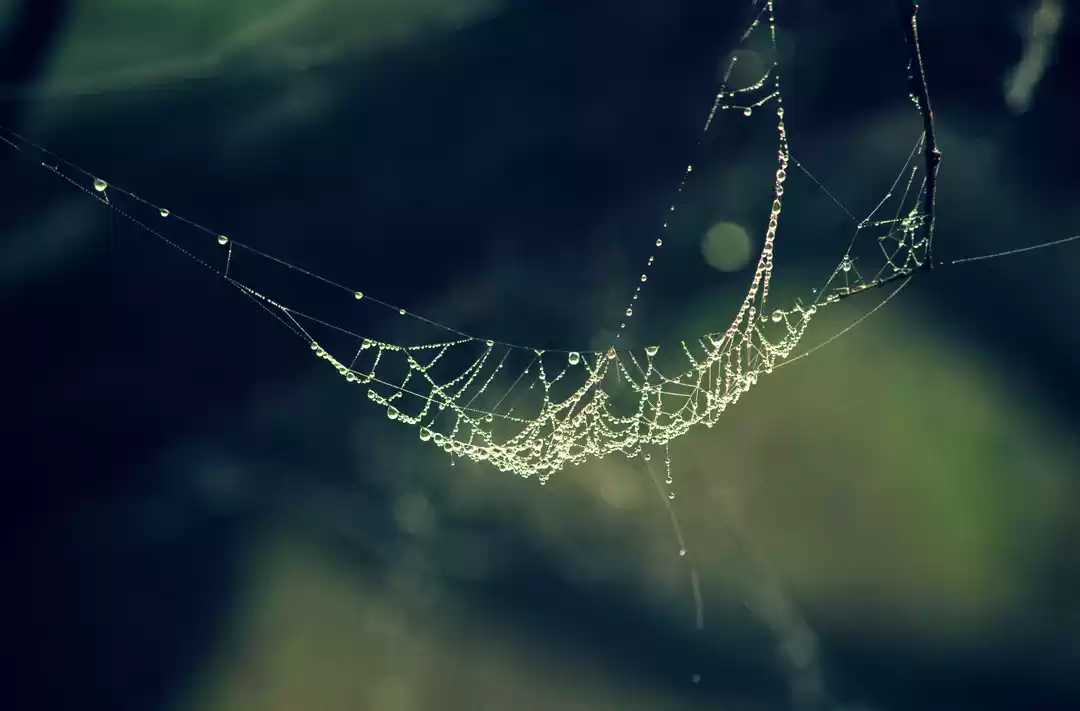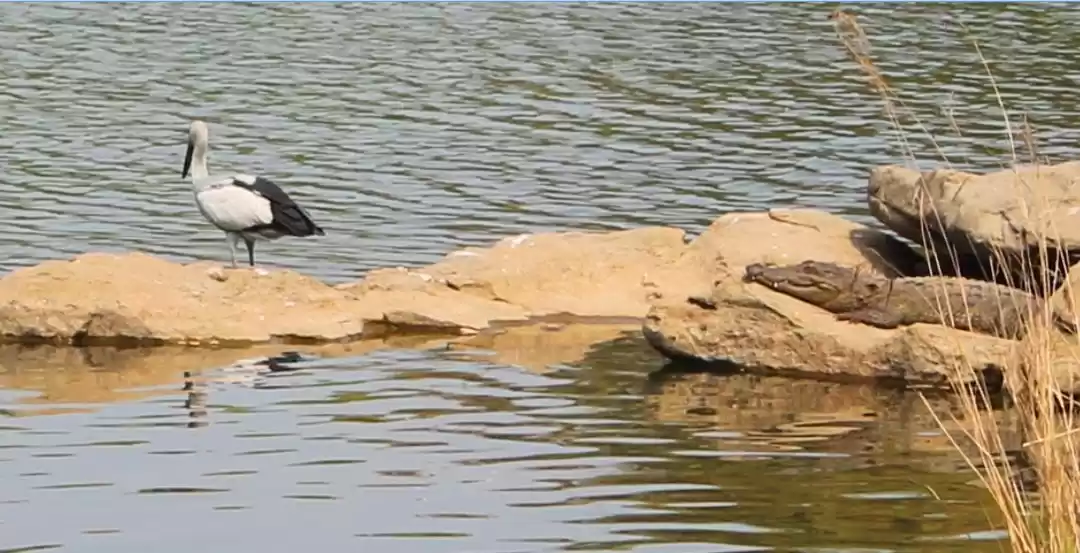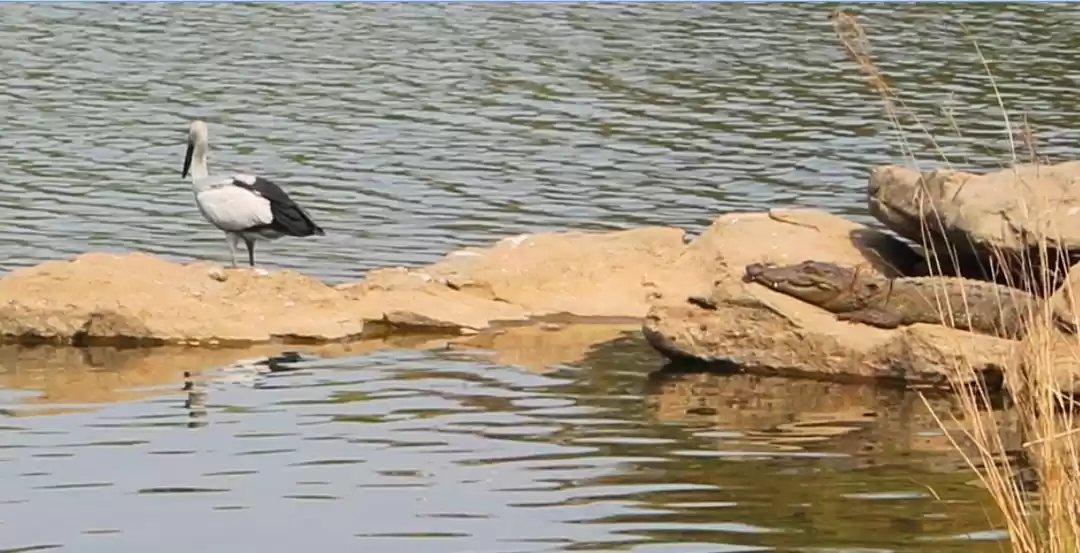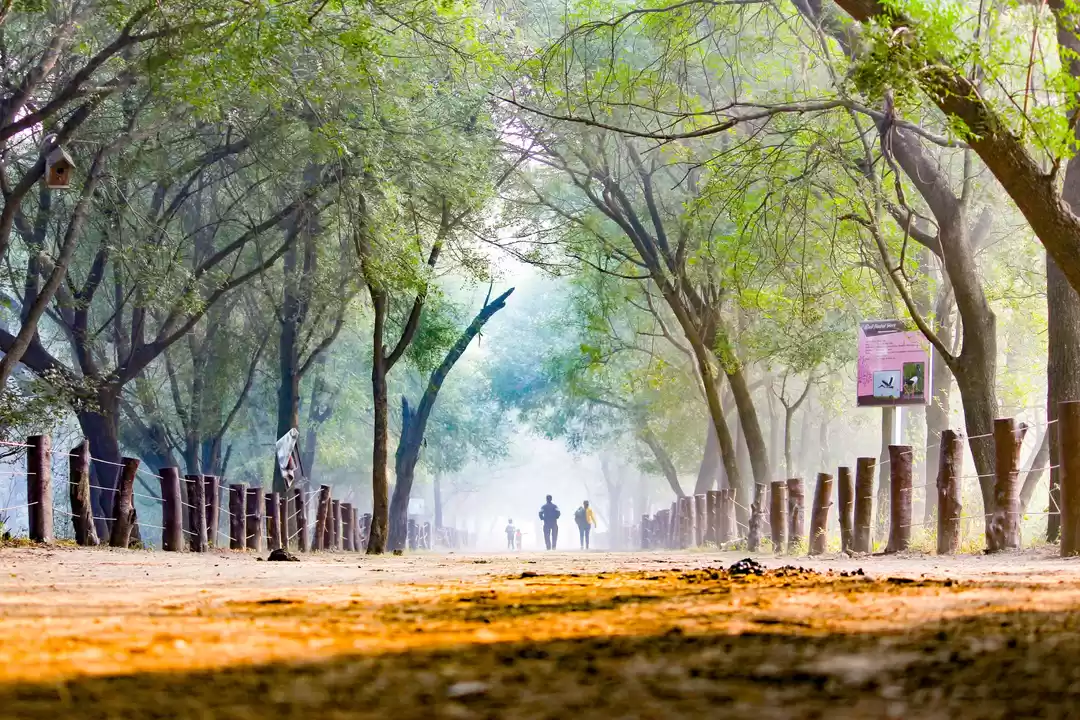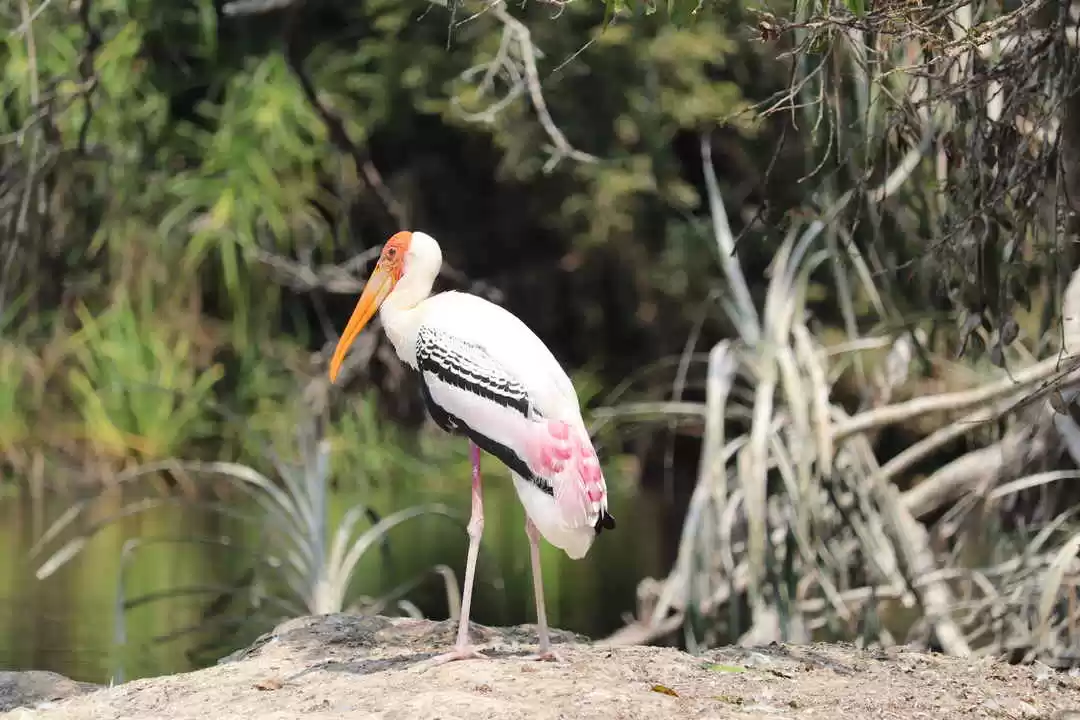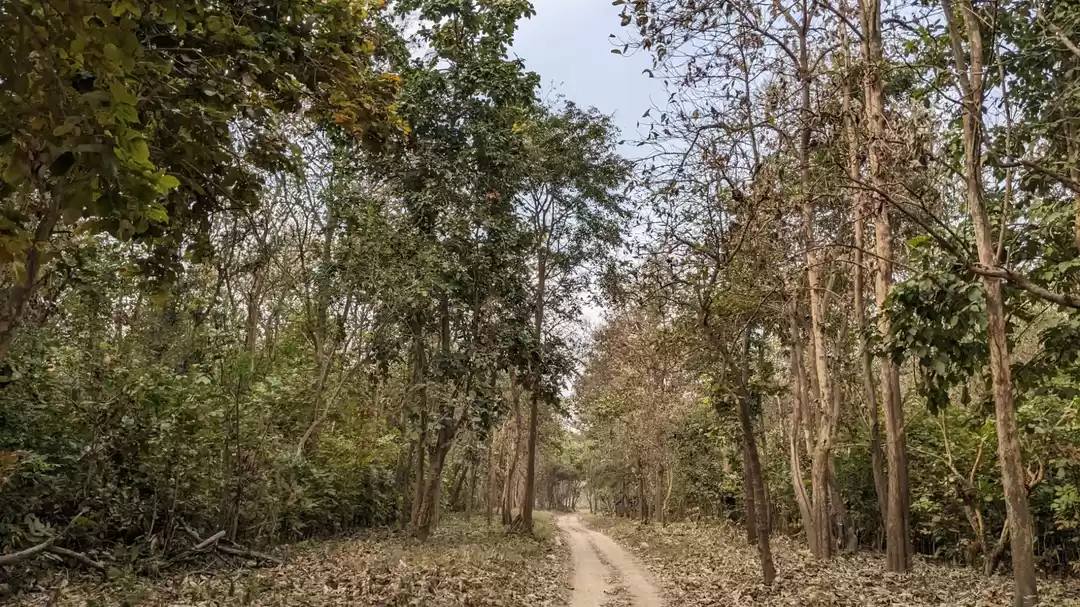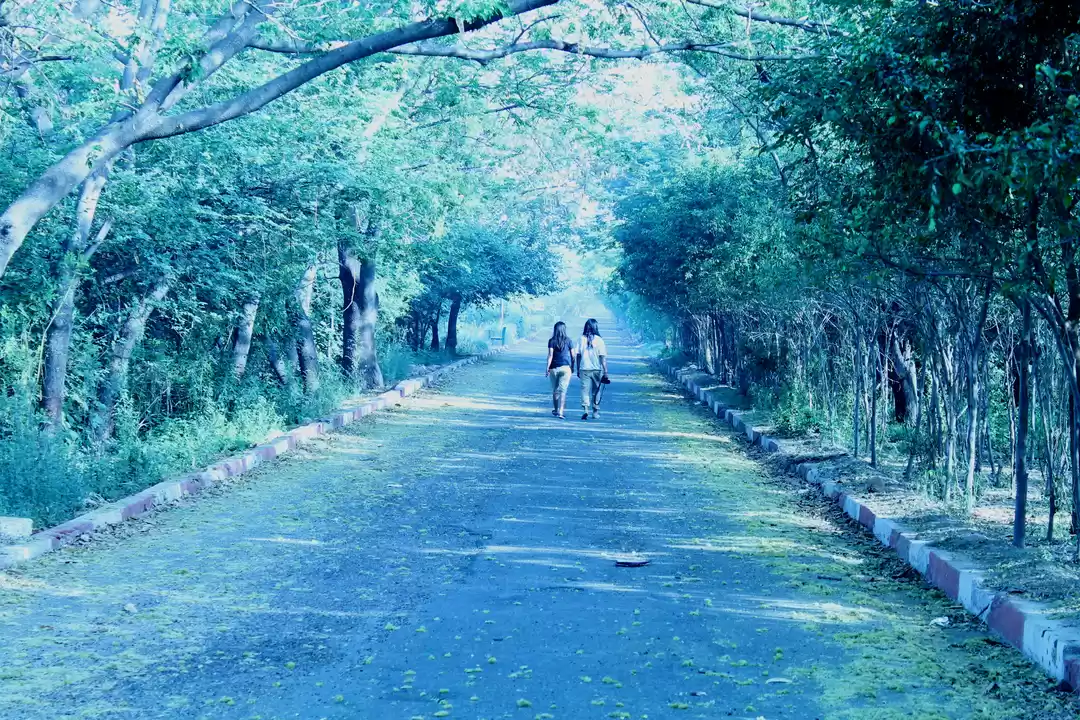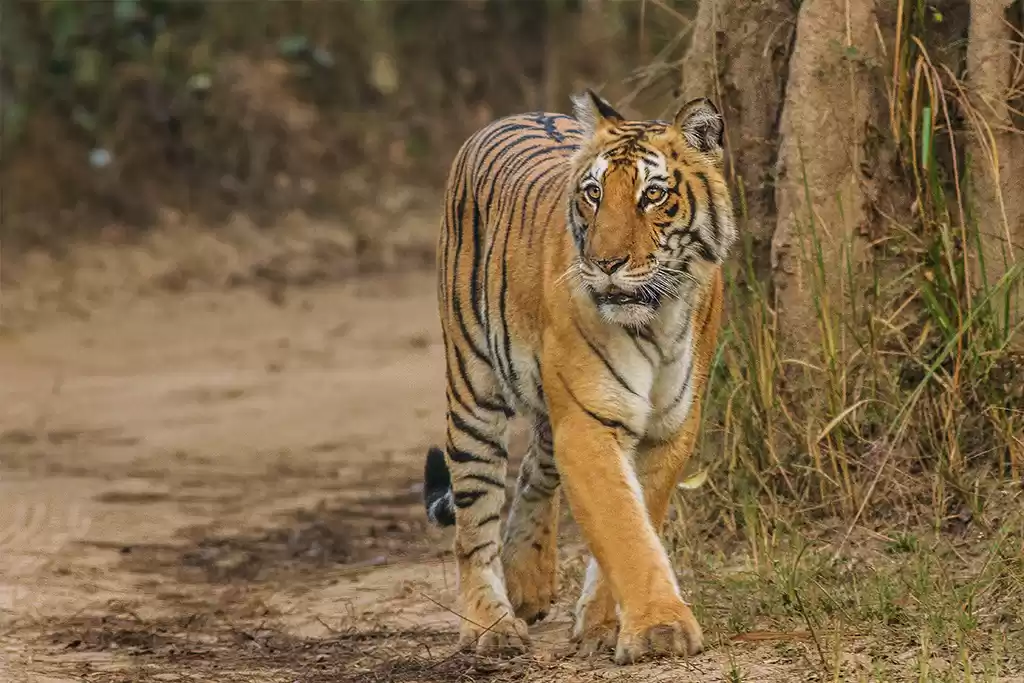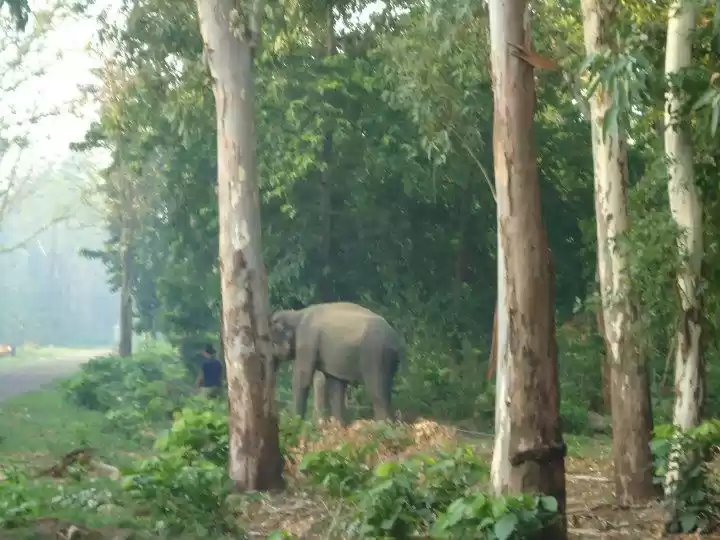Are you looking for a refreshing and rewarding escape from the hustle and bustle of the city? Do you love to admire the beauty and diversity of nature’s feathered creatures? If yes, then you should definitely plan a trip to Sultanpur National Park, one of the best bird sanctuaries in India. Located just 50 km from Delhi and 15 km from Gurgaon, this park is home to over 250 species of resident and migratory birds, making it a heaven for birdwatchers and photographers. In this article, we will tell you everything you need to know about this amazing park, and why you should visit it soon.
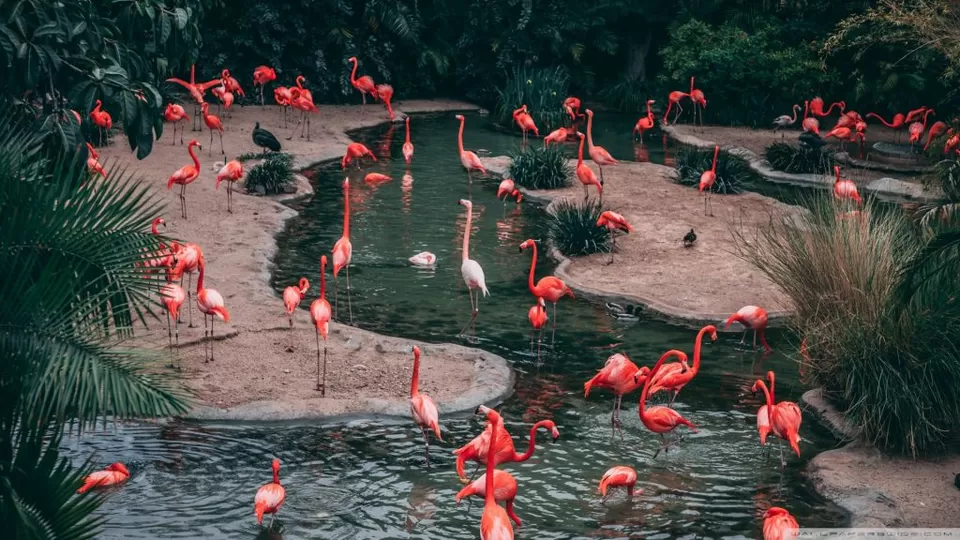
What Makes Sultanpur National Park A Must-Visit Destination For Bird Lovers?
Sultanpur National Park is a unique and special place for bird lovers, as it offers a rare opportunity to observe and appreciate a wide variety of avian fauna in their natural habitat. The park covers an area of 1.43 sq km, and consists of a large lake surrounded by marshes, grasslands, and forests. The lake acts as a magnet for birds, especially during the winter season, when thousands of migratory birds flock to the park from different parts of the world.
Resident Birds of the Park
The park boasts of a rich and diverse population of resident birds, which can be seen throughout the year. Some of the common resident birds are common hoopoe, kingfisher, paddyfield pipit, purple sunbird, Indian roller, white-throated kingfisher, black francolin, red-wattled lapwing, shikra, black-necked stork, painted stork, white ibis, spoonbill, cormorant, egret, heron, moorhen, coot, and greylag goose. Some of the rare resident birds are sarus crane, black-headed ibis, spot-billed pelican, greater flamingo, and darter.
Migratory Birds of the Park
The park becomes a paradise for migratory birds during the winter season, when the temperature drops and the water level rises. The park attracts migratory birds from as far as Siberia, Europe, Central Asia, and Africa. Some of the common migratory birds are northern pintail, common teal, gadwall, tufted duck, ruddy shelduck, northern shoveler, common pochard, bar-headed goose, grey lag goose, Eurasian wigeon, and yellow wagtail. Some of the rare migratory birds are siberian crane, greater white-fronted goose, black-tailed godwit, and sociable lapwing.
Read the Budget Backpacker's experience at the Sultanpur National Park
Rare and Endangered Birds of the Park
The park is also home to some of the rare and endangered birds that are facing threats from habitat loss, poaching, and climate change. Some of these birds are listed as vulnerable or critically endangered by the IUCN Red List. Some of the rare and endangered birds that can be spotted at the park are black-bellied tern, which is the only tern species that breeds exclusively in freshwater habitats; Indian skimmer, which is known for its unique bill that skims the water surface to catch fish; white-rumped vulture and Indian vulture, which are among the most threatened vultures in the world due to poisoning by diclofenac; and lesser florican, which is one of the smallest bustards in the world and performs spectacular aerial displays during the breeding season.
Benefits and Challenges of Birdwatching at the Park
Birdwatching at the park is a rewarding and enjoyable experience, as it allows you to witness the beauty, behavior, and diversity of birds in their natural environment. You can also learn about their ecology, conservation, and identification. Birdwatching at the park can also improve your physical and mental health, as it involves walking, observing, listening, and relaxing in nature. However, birdwatching at the park also poses some challenges, such as finding and recognizing different species, dealing with weather conditions, avoiding disturbance to birds and other wildlife, and following ethical guidelines. To overcome these challenges, you should prepare yourself well before visiting the park, by doing some research on the birds you want to see, carrying appropriate equipment and clothing, respecting the rules and regulations of the park, and seeking guidance from experts or locals.
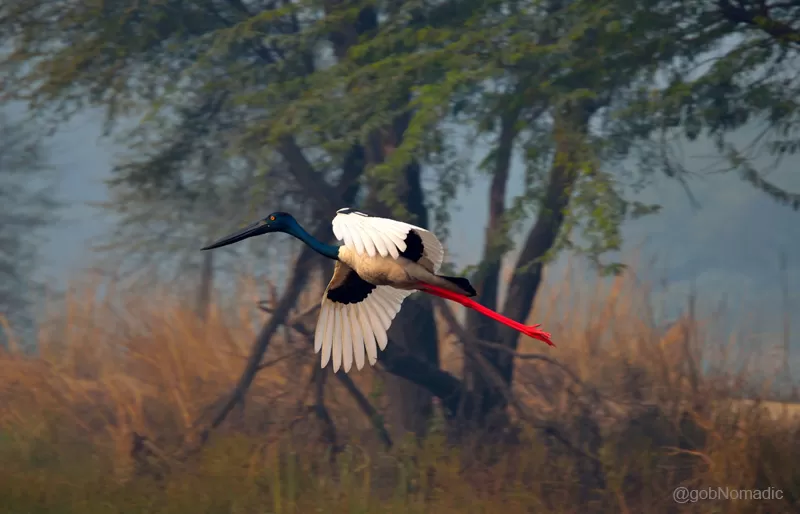
How To Plan Your Trip To Sultanpur National Park?
If you are convinced that Sultanpur National Park is a must-visit destination for bird lovers, then you should start planning your trip soon. Here are some practical tips and advice on how to prepare and enjoy your visit to the park.
Best Time to Visit the Park
The best time to visit the park is during the winter season, from November to March, when the weather is pleasant and the migratory birds are present in large numbers. The park is open from 6:30 am to 4:30 pm on all days except Tuesdays. The entry fee is Rs. 5 for Indians and Rs. 40 for foreigners. You can also hire binoculars, cameras, and guides at the park.
How to Reach the Park
The park is easily accessible by road, rail, and air from nearby cities, such as Delhi and Gurgaon. By road, you can take the NH-8 from Delhi or Gurgaon, and then take the exit at Pataudi Road. The park is about 15 km from this exit. By rail, you can take a train to Gurgaon Railway Station, and then take a taxi or bus to the park. By air, you can fly to Indira Gandhi International Airport in Delhi, and then take a taxi or bus to the park.
What to Carry and What to Avoid
When visiting the park, you should carry some essential items, such as water, snacks, sunscreen, hat, sunglasses, insect repellent, first aid kit, map, guidebook, binoculars, camera, notebook, and pen. You should also wear comfortable and appropriate clothing and footwear, preferably in dull or earthy colors that blend with the surroundings. You should avoid carrying any items that may harm or disturb the birds or other wildlife, such as plastic bags, loudspeakers, firecrackers, firearms, etc. You should also avoid wearing any bright or flashy colors that may attract unwanted attention from the birds or other animals.
Where to Stay Near the Park
If you want to extend your stay near the park, you have several options for accommodation, ranging from budget to luxury. Some of the popular hotels and resorts near the park are:
Roseland Inn: A budget hotel that offers basic amenities and services at affordable rates. It is located about 10 km from the park. Contact: +91-124-2371288
Hotel Devi Palace: A mid-range hotel that offers comfortable rooms and facilities at reasonable prices. It is located about 12 km from the park. Contact: +91-124-2211288
Heritage Village Resort & Spa: A luxury resort that offers spacious rooms and suites, along with a spa, pool, gym, restaurant, bar, and other amenities. It is located about 14 km from the park. Contact: +91-124-2871500
Head to this farm stay near Gurgaon for a perfect staycation
What Else Can You Do And See Near Sultanpur National Park?
If you want to explore some of the other attractions and activities near the park, apart from birdwatching, you have plenty of options to choose from. Here are some of them:
Sultanpur Lake
Sultanpur Lake is a large water body that is adjacent to the park, and forms the main source of attraction for the birds. The lake offers scenic views of the surrounding landscape, and is ideal for boating, fishing, and picnicking. You can also enjoy watching the sunset or sunrise over the lake.
Historical and Cultural Sites
If you are interested in history and culture, you can visit some of the nearby sites that showcase the rich heritage of the region. Some of these sites are:
Karnal Fort: A historical fort that was built by Raja Gajpat Singh in 1764. It is located about 70 km from the park. It is known for its architecture and history.
Panipat Museum: A museum that displays artifacts and exhibits related to the three famous battles of Panipat that changed the course of Indian history. It is located about 90 km from the park. It is known for its collection and information.
Kurukshetra Temple: A temple that is dedicated to Lord Krishna, who delivered the Bhagavad Gita to Arjuna on this site before the Kurukshetra War. It is located about 100 km from the park. It is known for its spirituality and significance.
Adventure and Recreational Activities
If you are looking for some adventure and recreation near the park, you can try some of these activities:
Cycling: You can rent a bicycle and explore the countryside around the park on two wheels. You can enjoy the fresh air, greenery, and rural life along the way.
Hiking: You can go for a hike on some of the trails around the park that offer scenic views of the lake and hills. You can also spot some wildlife along the way.
Camping: You can pitch a tent near the park and spend a night under the stars. You can also enjoy a bonfire, barbecue, and music with your friends.
We hope that this article has given you a glimpse of the wonders and joys of Sultanpur National Park, and inspired you to visit it soon. Whether you are a bird lover, a nature lover, or a history lover, you will find something to suit your taste and interest at this park.
So, what are you waiting for? Book your tickets, pack your bags, and get ready for an unforgettable experience at Sultanpur National Park. Happy birdwatching!



